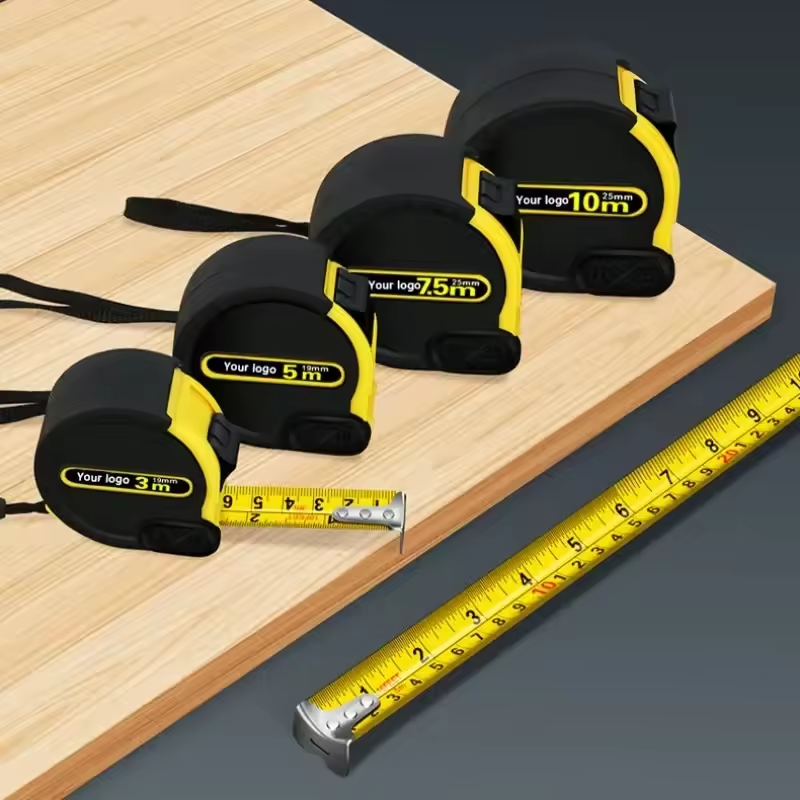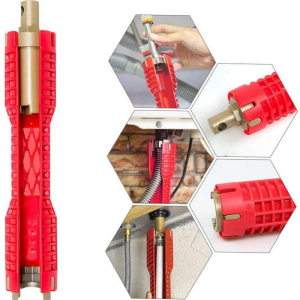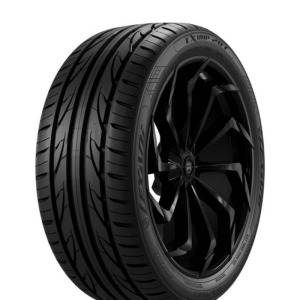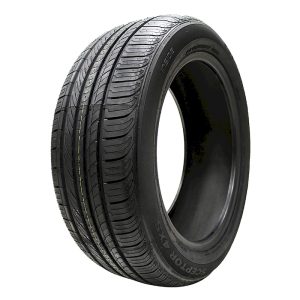
Motorcycle tires are one of the most critical components of your bike, directly impacting safety, performance, and the overall riding experience. Understanding when and how often to change your motorcycle tires is essential for maintaining peak performance and ensuring a safe ride. In this comprehensive guide, we’ll delve into the factors that affect tire longevity, signs that it’s time to replace them, and tips for selecting the right tires for your bike.
Understanding Motorcycle Tire Lifespan
Motorcycle tire lifespan can vary widely depending on several factors, including riding style, terrain, and the type of tires you use. How often should i change motorcycle tires? While there isn’t a one-size-fits-all answer, understanding these factors can help you determine when it’s time for a change.
1. Riding Style and Tire Wear
Your riding style plays a significant role in how quickly your motorcycle tires wear out. Aggressive riding, including hard cornering, rapid acceleration, and abrupt braking, can cause your tires to wear out faster. In contrast, more conservative riders who avoid high speeds and sudden maneuvers may find that their tires last longer.
2. Types of Roads and Terrain
The type of terrain you ride on also affects tire wear. Riders who frequently navigate rough, uneven roads or off-road trails will likely experience faster tire wear than those who stick to smooth highways. Gravel, dirt, and other abrasive surfaces can cause your tires to deteriorate more quickly.
3. Tire Construction and Material
Different types of tires are made from different materials, each with its own lifespan. For instance, softer compound tires offer better grip but tend to wear out faster, while harder compound tires last longer but may not provide the same level of traction. Understanding the construction and material of your tires can help you gauge how often they’ll need to be replaced.
Signs It’s Time to Change Your Motorcycle Tires
Recognizing the signs that your motorcycle tires need to be replaced is crucial for your safety on the road. Here are some key indicators that it’s time for new tires:

1. Tread Depth
One of the most obvious signs that your tires need to be replaced is worn tread. The tread on your tires provides the necessary grip on the road, and as it wears down, your ability to handle your bike safely diminishes. Most manufacturers recommend replacing tires when the tread depth reaches 2/32 of an inch. You can check tread depth using a tire tread depth gauge or the “penny test” – insert a penny into the tread groove with Lincoln’s head upside down. If you can see the top of Lincoln’s head, it’s time for new tires.
2. Visible Cracks or Damage
Inspect your tires regularly for visible signs of wear and tear, such as cracks, cuts, or bulges in the rubber. These can indicate that the tire’s structural integrity has been compromised, making it unsafe to ride. Even if the tread looks good, damage to the tire’s sidewall or other areas can necessitate a replacement.
3. Uneven Wear
Uneven wear patterns on your tires can be a sign of underlying issues, such as improper alignment, suspension problems, or incorrect tire pressure. If you notice that your tires are wearing more on one side than the other, it’s a good idea to have them inspected and possibly replaced.
4. Tire Age
Even if your tires look fine, age can be a factor in determining whether they need to be replaced. Motorcycle tires are made of rubber, which deteriorates over time, even if the bike isn’t being ridden regularly. Most manufacturers recommend replacing tires every five to six years, regardless of their condition. You can check the age of your tires by looking at the DOT code on the sidewall, which includes the week and year the tire was manufactured.
How Often Should You Replace Motorcycle Tires?
Now that you understand the factors that influence tire wear and the signs that indicate it’s time for a change, the next question is how often you should replace your motorcycle tires. While the exact timing will vary based on the factors discussed above, here are some general guidelines:
1. Mileage Recommendations
Many tire manufacturers provide mileage recommendations for their products. For example, sport tires typically last between 3,000 to 5,000 miles, while touring tires can last up to 10,000 miles or more. However, these are just estimates, and actual tire life will depend on your riding style, the roads you ride on, and how well you maintain your tires.

2. Regular Inspections
Regularly inspecting your tires is key to knowing when it’s time for a replacement. Aim to check your tires at least once a month, looking for signs of wear, damage, or aging. This regular inspection routine will help you catch issues early and ensure you’re riding on safe tires.
3. Seasonal Considerations
If you live in an area with distinct seasons, you may need to replace your tires more frequently. Riding in cold, wet, or icy conditions can be hard on tires, leading to faster wear. Additionally, if you store your bike for the winter, inspect your tires before taking it out again in the spring.
Tips for Extending the Life of Your Motorcycle Tires
While motorcycle tires will inevitably need to be replaced, there are steps you can take to extend their life and get the most out of your investment. Here are some tips to help you do just that:
1. Maintain Proper Tire Pressure
Keeping your tires inflated to the manufacturer’s recommended pressure is one of the simplest and most effective ways to extend their life. Underinflated tires can cause excessive heat buildup, leading to premature wear, while overinflated tires can reduce the tire’s contact patch with the road, leading to uneven wear. Check your tire pressure regularly, especially before long rides.
2. Balance and Align Your Tires
Balanced and properly aligned tires wear more evenly and last longer. If you notice any vibration while riding or see uneven tire wear, have your tires balanced and your bike’s alignment checked by a professional.
3. Avoid Hard Braking and Acceleration
Smooth, gradual braking and acceleration put less stress on your tires and can help them last longer. Avoid sudden stops and starts whenever possible, especially on rough or abrasive surfaces.
4. Store Your Bike Properly
If you’re storing your bike for an extended period, take steps to protect your tires. Keep your bike in a cool, dry place, away from direct sunlight, which can cause the rubber to deteriorate. Consider using a bike stand to take the weight off the tires, and inflate them to the recommended pressure before storage.
Choosing the Right Replacement Tires
When it’s time to replace your motorcycle tires, choosing the right ones is crucial for maintaining your bike’s performance and safety. Here’s what to consider when selecting replacement tires:

1. Tire Type
The type of tire you choose should match your riding style and the conditions you typically ride in. Here are some common types of motorcycle tires:
- Sport Tires: Designed for high-performance riding, sport tires offer excellent grip and handling but may wear out faster.
- Touring Tires: Built for long-distance riding, touring tires offer a balance of comfort, durability, and performance.
- Off-Road Tires: If you frequently ride off-road, choose tires designed for dirt, gravel, and other rough terrain.
- Cruiser Tires: Cruiser tires are designed for heavy bikes and offer a balance of comfort, durability, and performance.
2. Size and Fit
Make sure to choose tires that are the correct size and fit for your motorcycle. Consult your bike’s owner’s manual or speak with a professional to ensure you’re getting the right size. Installing the wrong size tire can affect handling and safety.
3. Brand and Quality
Not all tires are created equal, so it’s essential to choose a reputable brand known for quality and performance. While it might be tempting to save money on cheaper tires, investing in high-quality tires can pay off in the long run with better performance and longer life.
Keep Your Ride Safe and Smooth
Knowing how often to change your motorcycle tires is a crucial aspect of bike maintenance. By understanding the factors that affect tire wear and regularly inspecting your tires, you can ensure a safe and enjoyable ride. Remember to choose the right tires for your bike and riding style, and take steps to extend their life to get the most out of your investment.




